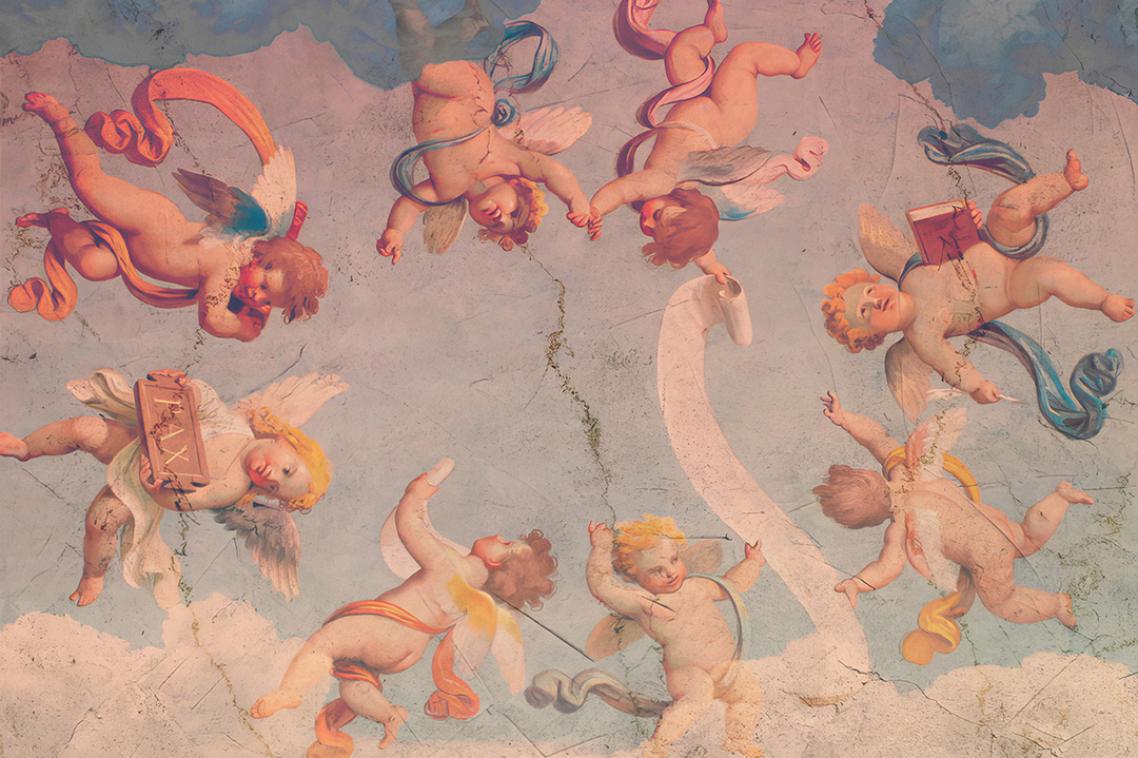Curry colouring and fat mix could help diabetics
Brisbane immunologist Dr Brendan O’Sullivan hopes to put a dent in skyrocketing rates of diabetes in Australia by creating a new treatment for Type 2 diabetes.
The Senior Research Officer and his team at UQ’s Centre for Immunology and Cancer Research (CICR), are developing a drug that targets liver cells to prevent their inflammation in obesity — a common precursor to diabetes.
Dr O’Sullivan has received a three-year $150,000 Smart State Fellowship from the State Government to explore potential diabetes treatments.
Arthritis Queensland and the CICR will also contribute a further $150,000 each during the project.
People with Type 2 diabetes cannot produce enough insulin or do not use the insulin they produce properly.
Insulin is a hormone produced by the pancreas which moves sugar from the food we eat into the body’s cells.
Dr O’Sullivan said his technique involved coating treatment drugs in absorbable fat which formed an injectable dose that could last up to one week.
“One of the drugs we’re using is curcumin, which is basically the yellow compound that you see in curries, which is an anti- inflammatory compound,” Dr O’Sullivan said.
“The idea is to encapsulate that compound and then deliver it to the liver cells to prevent them from producing all these inflammatory compounds.”
Early results show his method works in mice but he said his grant would validate the best method to use in human trials.
The 36-year-old from Kedron said that, if successful, the treatment could combat other diseases such as heart disease, osteoarthritis, rheumatoid arthritis and lupus, an autoimmune disease against the skin.
His Fellowship will pay for staff, lab and research work.
UQ`s Deputy Vice-Chancellor (Research) Professor David Siddle said Dr O’Sullivan’s project was one of many leading-edge CICR projects.
“Our determined immunologists are tackling some of society’s worst diseases with great science,” Professor Siddle said.
MEDIA: Dr O’Sullivan (0422 200 129) or Miguel Holland at UQ Communications (3365 2619)
Related articles

Not quite angels: why we should stop calling these small winged children ‘cherubs’

The hidden cost of cancer for young survivors is derailing their financial futures
Media contact
UQ Communications
communications@uq.edu.au
+61 429 056 139
